The two-child benefit cap: should it be lifted?
Labour MPs have long disliked the policy of limiting benefits for families with more than two children
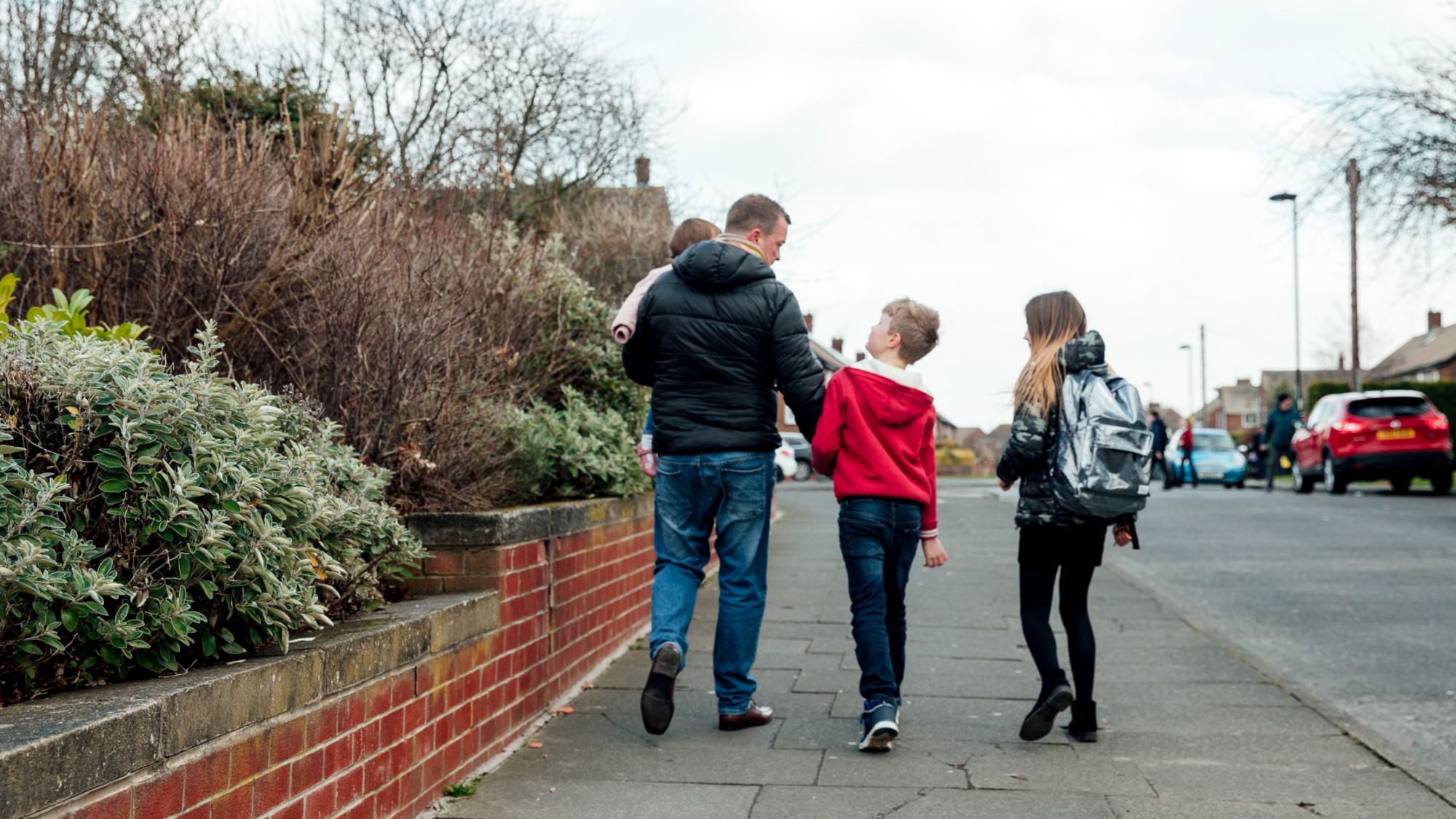
In 2013, the Conservative chancellor George Osborne introduced an overall benefits cap. It was designed to ensure that no household on out-of-work benefits (jobseeker’s allowance, housing benefit, child benefit etc.) would receive more in benefits than the average working household earns.
Payments were originally capped at £500 a week; the current limits range from £486.98 for a couple in Greater London, to £283.71 for a single adult elsewhere. Four years later, a cap on additional benefits for parents with more than two children came into effect. Since then, households claiming universal credit, housing benefit and so on have no longer received additional sums for third or subsequent children born after 6 April 2017, though there are exceptions – multiple births, disabled children, children born as a result of rape, and children adopted from local authority care.
Why was the limit introduced?
To limit government spending, cutting the deficit at a time of global recession. It was expected to save the taxpayer an eventual £3bn a year, according to 2017 projections. It also aligned with the Conservatives’ political priorities. They wished to make the welfare system both “more affordable” and “fairer”: why should families living on the state receive more in benefits than working households earn from their jobs? Since households with the most children received high payments, a two-child cap was thought necessary. Raising children is expensive; the cap was designed to ask families on benefits “to make the same sort of decisions as those in work”. Ministers claimed the policy would encourage parents to find work, and “enhance the life chances of children” by increasing families’ financial resilience “in the longer term”.
The Week
Escape your echo chamber. Get the facts behind the news, plus analysis from multiple perspectives.

Sign up for The Week's Free Newsletters
From our morning news briefing to a weekly Good News Newsletter, get the best of The Week delivered directly to your inbox.
From our morning news briefing to a weekly Good News Newsletter, get the best of The Week delivered directly to your inbox.
What did the public think?
Polling in 2013 found strong support for a benefit cap: 73% of respondents told Ipsos they supported it. David Cameron’s ratings rose during his battles with Labour’s Ed Miliband over welfare reform: Miliband opposed the cap; the Tories won the 2015 election outright. (Even after that, the issue posed political problems for Labour, whose MPs largely opposed it. Later in 2015, internal discontent over interim leader Harriet Harman’s decision to order MPs to abstain on a welfare reform bill, rather than vote against it, helped Jeremy Corbyn win the leadership election.) In July this year, a YouGov poll found that, while there is broad support for helping children in principle (71% think they should be a spending priority), 60% of adults are in favour of keeping the two-child limit, including 54% of Labour voters.
Has the policy worked?
It has certainly saved money. Removing the two-child cap now would cost around £2.5bn a year, according to the Institute for Fiscal Studies (IFS), and this is projected to rise to about £3.5bn by 2030. The Resolution Foundation calculates that lifting both the two-child limit and the overall benefit cap would come with a price tag of around £4.5bn. However, both think-tanks are in favour of lifting the two-child cap anyway, because in other respects the policy hasn’t been a success. In 2019, the cross-party Work and Pensions Committee found “no evidence” that it is working as intended: it has had next to no effect on employment rates in affected households, and a very small effect on birth rates.
Why didn’t it have much effect?
As the select committee put it, the two-child cap assumes that “all pregnancies are planned – and in full knowledge of the government’s social security policy. These assumptions simply do not hold true.” Inhabitants of the very poorest households are often not well-informed, and some people have large families for religious or cultural reasons. Others have children while in work and then have to claim benefits because of an unforeseen redundancy, illness or divorce. Besides, around two-thirds of affected families are already in paid work. In 2023, researchers from the London School of Economics were surprised to find that the shortfall – currently around £288 per month, per child – didn’t lead to greater employment rates or numbers of hours worked. But the cap did make childcare and travel costs a higher barrier for those households wishing to work more.
So what have the results of the policy been?
The two-child cap has been one of the factors – along with declining living standards over the 2010s and the post-pandemic cost-of-living crisis – leading to increased numbers of British children living in poverty: in 2023/24, about four million suffered from “material deprivation”, according to official figures. Larger households are disproportionately affected: nearly half of children with two or more siblings live in poverty; the number is projected to go up. By most assessments, the two-child cap is the easiest lever that the Government could pull to fix this. The IFS estimates removing it would bring 540,000 children out of absolute poverty.
A free daily email with the biggest news stories of the day – and the best features from TheWeek.com
So will the cap be lifted?
The cap is still unpopular with Labour MPs, who argue that it’s a spiteful policy punishing children for their parents’ decisions, and that the books should not be balanced on the backs of the poorest. Keir Starmer and Rachel Reeves have asked the child poverty taskforce to look at the issue before November’s Budget, and will respond to its recommendations. Ending or modifying the policy looks very probable, particularly now that Reform UK has said that it would lift the cap. But it’s unlikely to be a political win for Starmer: his leftwing critics will say it’s too little, too late, while his right-wing opponents will point to headlines about the ballooning welfare budget. Although the cap has clearly had unintended consequences, it remains broadly popular, and any policy that seems to disincentivise people from working carries major political risks.
Britain’s welfare budget
Britain expects to spend £316bn on the social security system in 2025/26 – the equivalent of 10.6% of GDP, and 23.5% of total government spending. Of this, 55% goes to pensioners (£175bn), including £146bn on the state pension, while working-age people and children receive about £141bn. The largest individual benefit apart from pensions is universal credit (around £88bn last year); housing benefit costs about £35bn. Overall spending is forecast to reach around £378bn by the end of the decade, a large increase in cash terms, but only a marginal rise as a proportion of GDP.
The UK’s welfare system is moderately generous by OECD rich-country standards as a proportion of GDP, though it’s well below the western European average. The UK state pension is relatively low against comparable nations, while spending on working-age disability benefits is fairly high. About 6.9 million people in the UK were receiving disability benefits by early 2024, up from 3.9 million in 2002. The two-child cap is an outlier – in Europe, only Spain, Romania and Cyprus have comparable limits, which start at three or four children, not two. Although the £2.5bn cost of removing it looks eye-watering, it is less than 3% of the total working-age benefits budget.
-
 Women carrying Christmas
Women carrying ChristmasTalking Point As the Christmas frenzy ramps up, many mums feel the pressure of ‘keeping the whole sleigh on the road’
-
 Is Keir Starmer being hoodwinked by China?
Is Keir Starmer being hoodwinked by China?Today's Big Question PM’s attempt to separate politics and security from trade and business is ‘naïve’
-
 A peek inside Europe’s luxury new sleeper bus
A peek inside Europe’s luxury new sleeper busThe Week Recommends Overnight service with stops across Switzerland and the Netherlands promises a comfortable no-fly adventure
-
 Is Keir Starmer being hoodwinked by China?
Is Keir Starmer being hoodwinked by China?Today's Big Question PM’s attempt to separate politics and security from trade and business is ‘naïve’
-
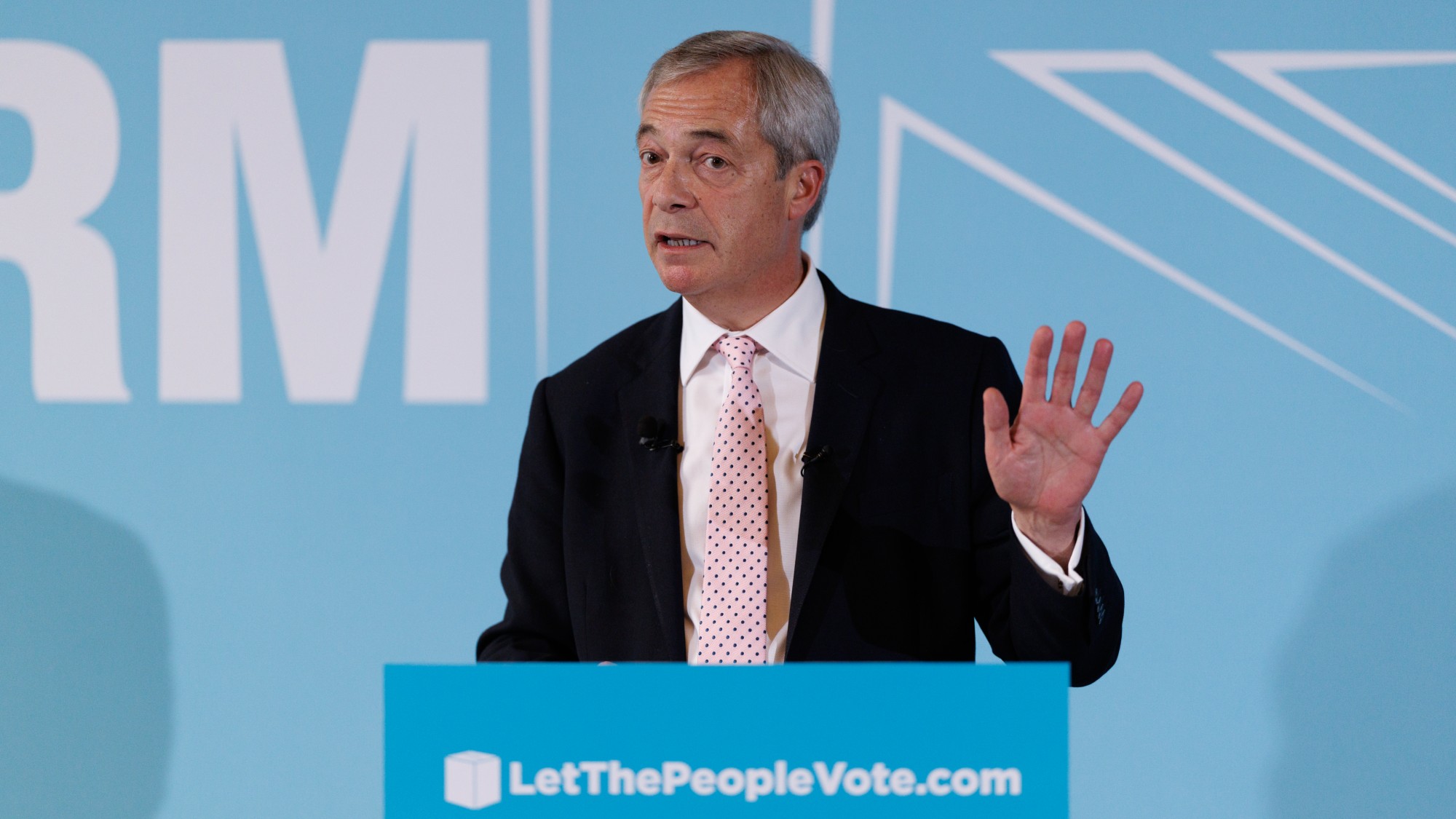 Nigel Farage’s £9mn windfall: will it smooth his path to power?
Nigel Farage’s £9mn windfall: will it smooth his path to power?In Depth The record donation has come amidst rumours of collaboration with the Conservatives and allegations of racism in Farage's school days
-
 ECHR: is Europe about to break with convention?
ECHR: is Europe about to break with convention?Today's Big Question European leaders to look at updating the 75-year-old treaty to help tackle the continent’s migrant wave
-
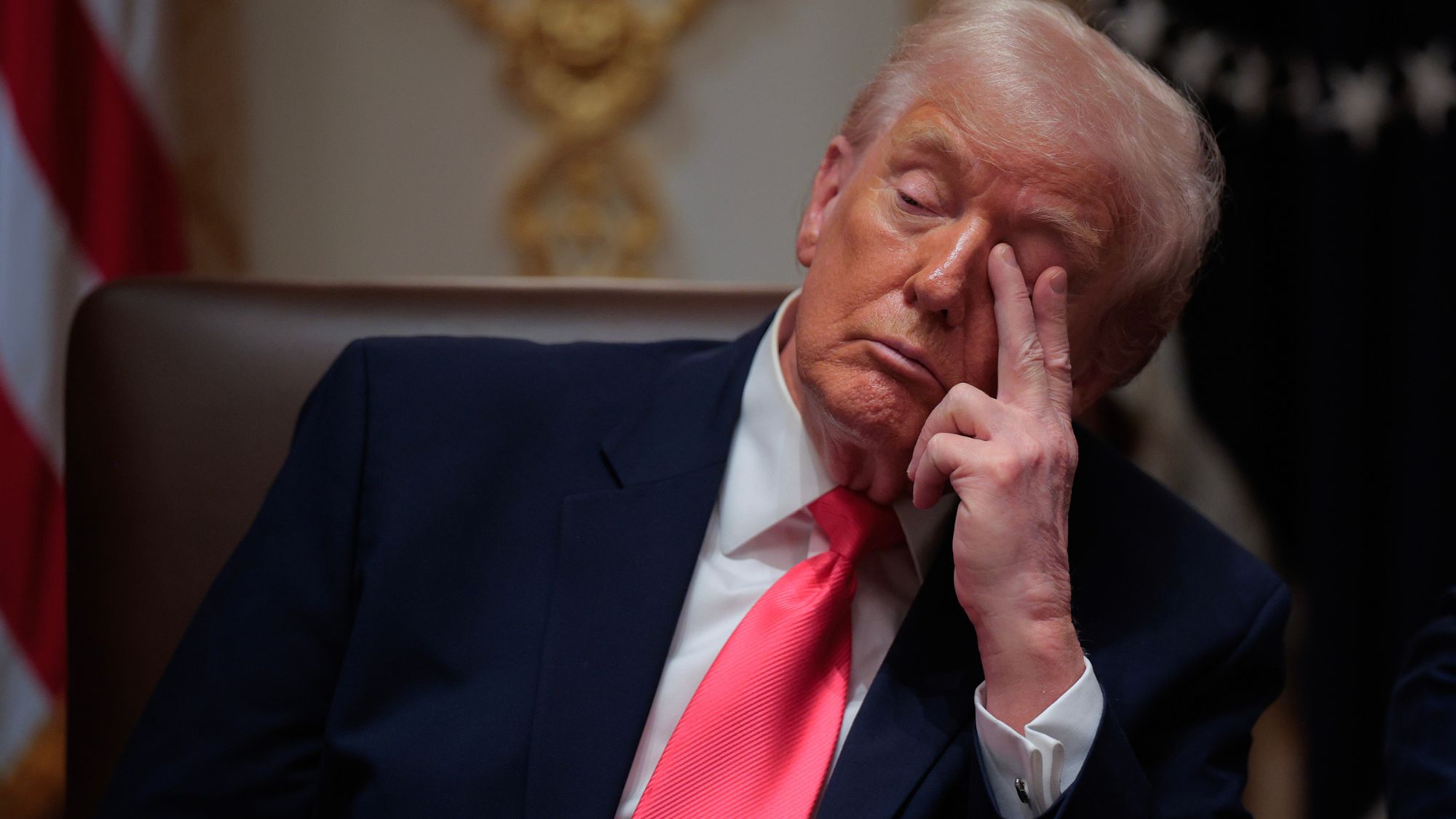 Trump’s poll collapse: can he stop the slide?
Trump’s poll collapse: can he stop the slide?Talking Point President who promised to ease cost-of-living has found that US economic woes can’t be solved ‘via executive fiat’
-
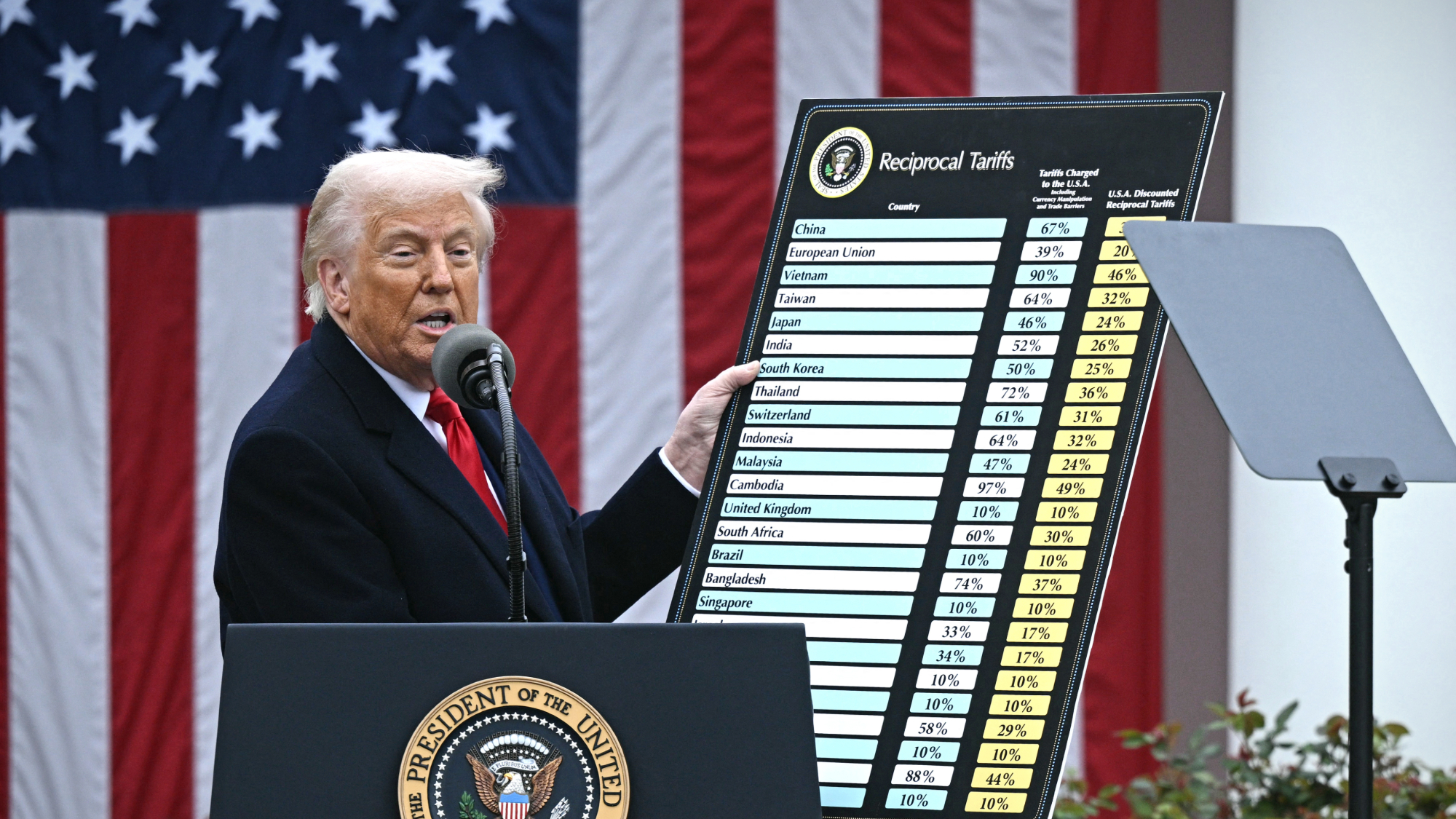 Tariffs: Will Trump’s reversal lower prices?
Tariffs: Will Trump’s reversal lower prices?Feature Retailers may not pass on the savings from tariff reductions to consumers
-
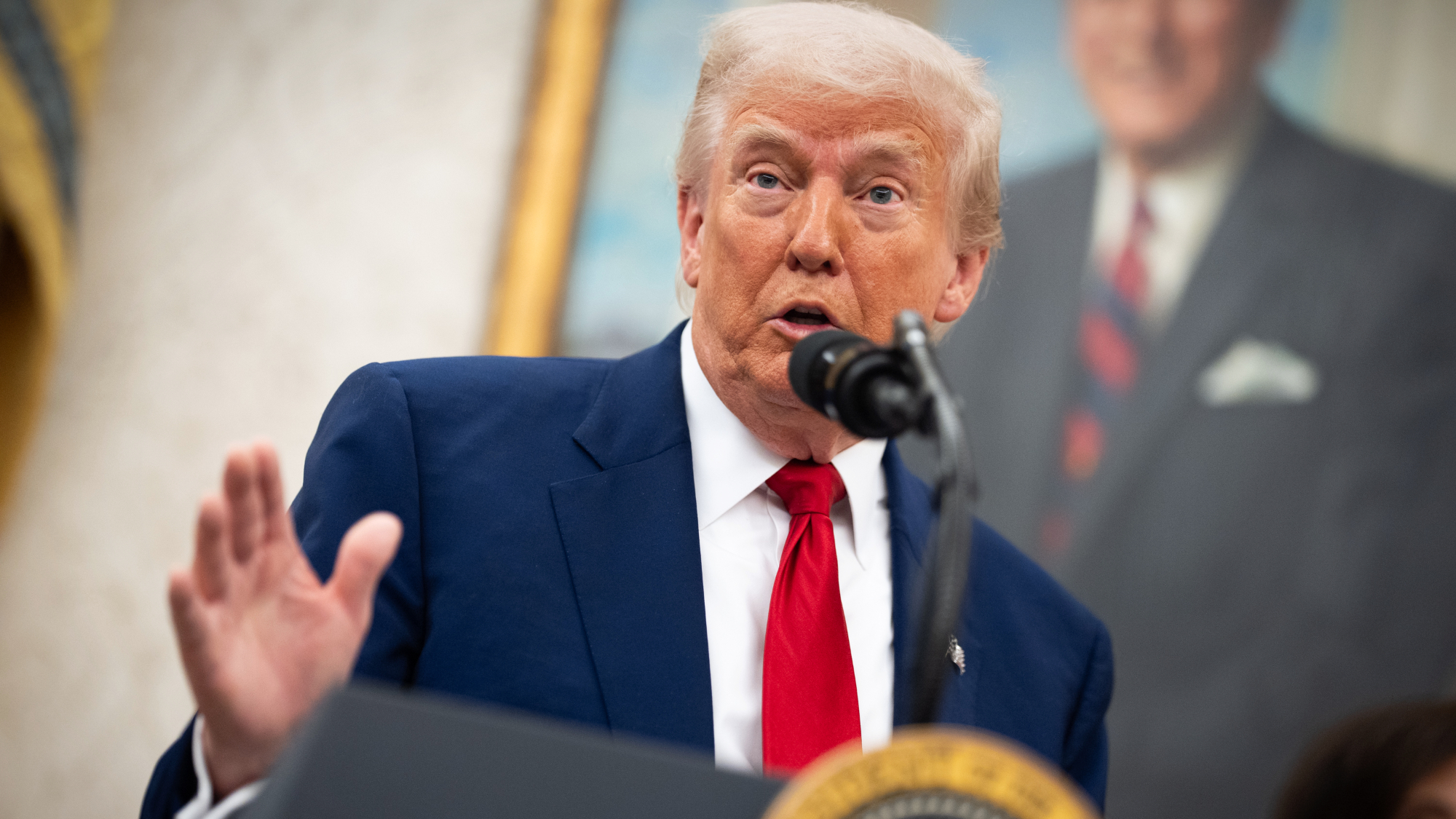 Affordability: Does Trump have an answer?
Affordability: Does Trump have an answer?Feature Trump ‘refuses to admit there is a problem’
-
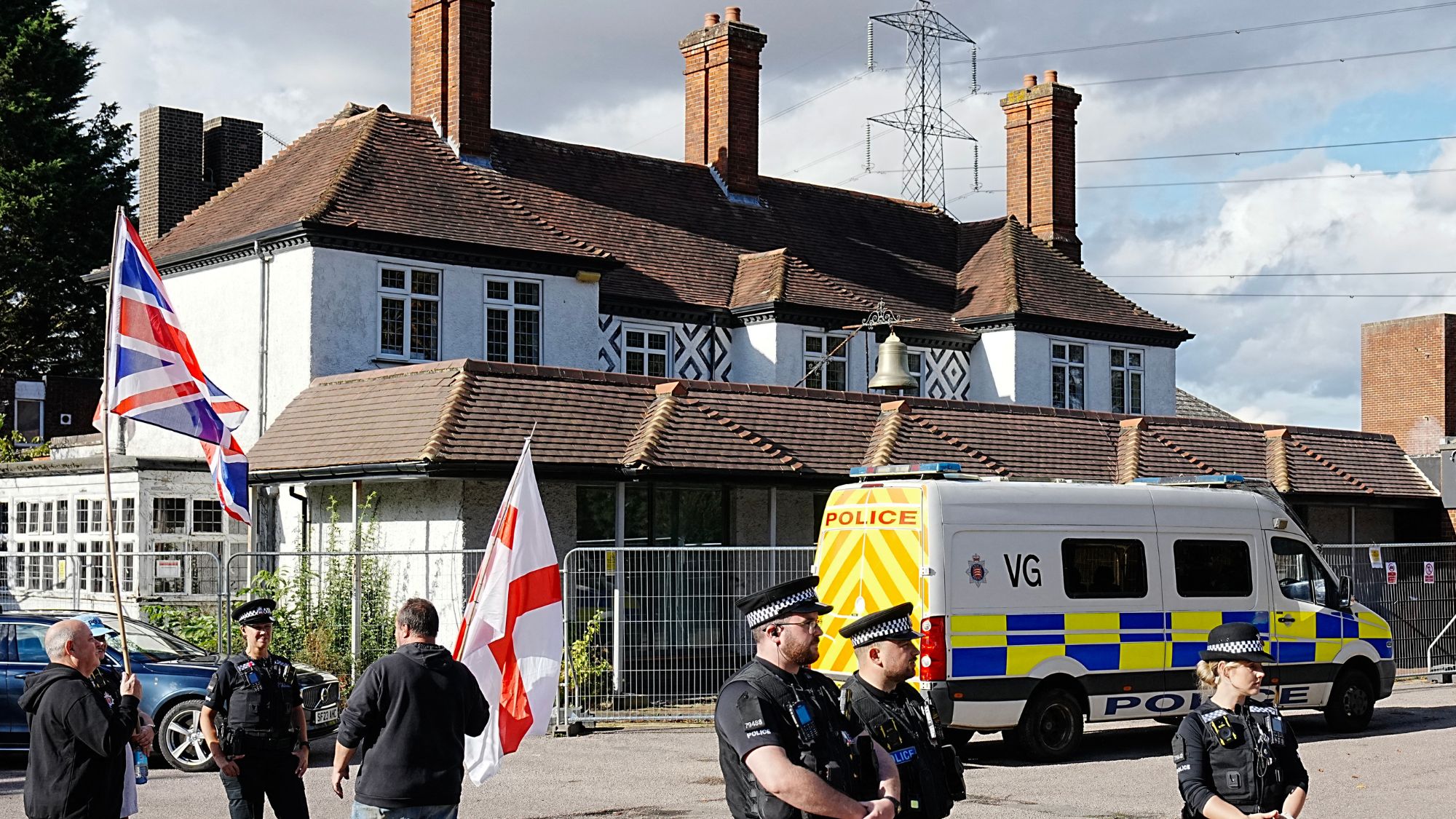 Asylum hotels: everything you need to know
Asylum hotels: everything you need to knowThe Explainer Using hotels to house asylum seekers has proved extremely unpopular. Why, and what can the government do about it?
-
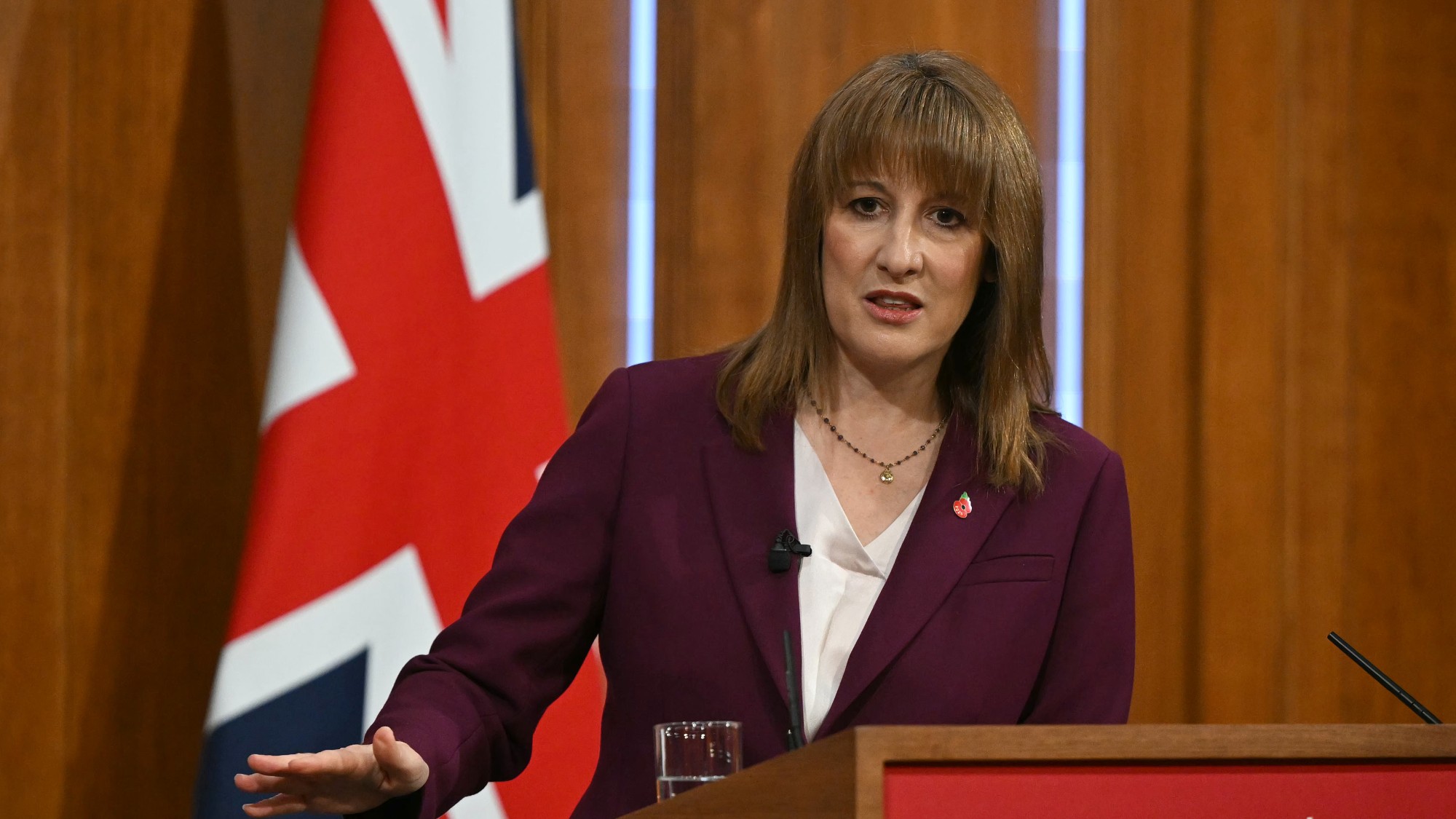 Will Rachel Reeves’ tax U-turn be disastrous?
Will Rachel Reeves’ tax U-turn be disastrous?Today’s Big Question The chancellor scraps income tax rises for a ‘smorgasbord’ of smaller revenue-raising options